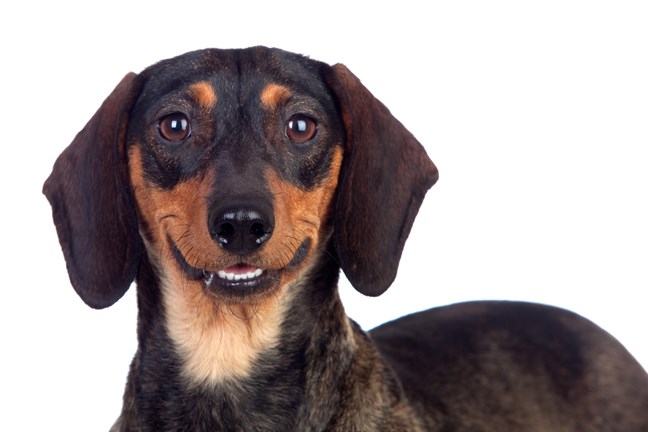Last week I wrote about the chronic problem of unsocialized and untrained small dogs that are allowed to behave obnoxiously towards large dogs while their owners presumptuously expect the large dogs to tolerate the small dogs being, well, jerks.
I'm not sure why some small dog owners seem to think they are issued a get-out-of-jail-free card just because they have a small dog and feel they don't have to take responsibility for any degree of socialization or training to ensure their dogs are welcome members of the canine community.
Is it because it's easier to buy small dogs cute clothing, dress them up like little people and allow them to sit on laps and give snuggles? Is it because they are more likely to be allowed into retail establishments because they can be carried, placed in strollers or in purses? Or is it because they are easier to humanize, and the more they are humanized, the less they are viewed as "real dogs" and therefore exempt from being trained as such?
Well, I'm about to drop an earth-shattering bomb here. Small dogs are real dogs, just like the big ones, but smaller. Their little dog brains are exactly the same as big dog brains and they have the exact same instinctual behaviours. This means that they can be just as easily trained as the big dogs and it doesn't require any more or any less effort. But it does require just that - effort. When I speak about training, there are still many people who think I am speaking of obedience training. Teaching your dog obedience commands, such as sit, down, come heel, etc., is just a small portion of the training pie. There's also puppy imprinting which, in short, involves systematically exposing your young dog to everyday life experiences to build a picture in its young head of what to expect in life and how to behave as an adult dog. There's socialization, which is the lifelong process of regularly exposing your dog to other dogs in social situations so it remains friendly and tolerant of other dogs.
Training also involves leadership. Leadership is the biggest segment of the training pie because it involves setting lifelong boundaries of acceptable behaviour and consistently applying guidance and direction so that a dog learns to trust its owner. Through that trust, a dog will willingly follow direction with joy and peacefulness. In other words, it means teaching a dog what is acceptable and unacceptable behaviour, being consistent with your boundaries and having the courage to tell the dog "No!" when it steps outside those boundaries.
Fortunately it is never too late to start being a confident leader for your dog. Dogs are more than happy to give you that role and follow your guidance. In fact, the more confident leadership you provide, the faster your dog will begin to choose more appropriate behaviours, once it has been taught what is acceptable and what is not.
First off, join an obedience class. A good class will not only teach basic obedience, but will also address your dog's personal leadership needs such as confidence building or setting boundaries. The class will help you understand your dog's behaviour and teach you how to apply obedience commands to manage its behaviour and, if required, practical discipline by telling your dog "No!" Socialization can start too. Your dog doesn't have to be a puppy to learn a new and more appropriate way to behave around other dogs. You should enroll your dog in socialization classes, find a qualified trainer to work one-on-one with, or find a dog daycare that offers re-socialization as part of its program.
Once you learn how to manage your dog's behaviour, you can then use those tools to teach it how to behave around other dogs in public. I welcome the opportunity to help people with problem dogs while I'm on my dog walks and I know there are others who do as well. Sometimes you just have to show that you are trying and others will offer to help. With some time and effort, soon your small dog can lose the small dog syndrome and become a welcome member of the canine community.
Joan Klucha has been working with dogs for more than 15 years in obedience, tracking and behavioural rehabilitation. Contact her through her website k9kinship.com.



